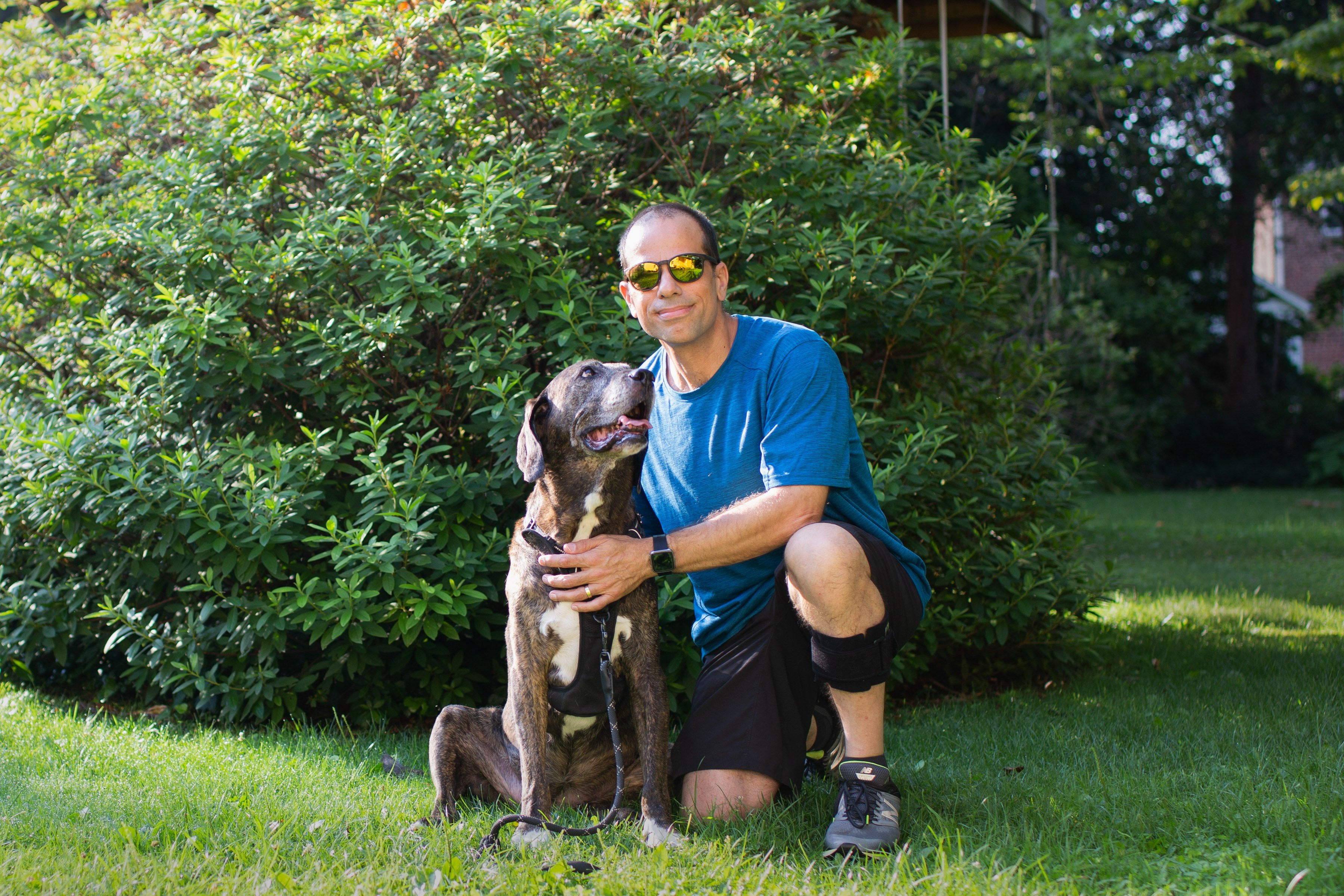Not Everyone Can Take Their Health Insurance Out for a Test Drive — and Survive

Did you ever wake up and decide that today was the day you were going to take your health insurance out for a spin? We’re not talking about a quick 5-minute drive to the grocery store here. Instead, it’s more of a course closed to other traffic, professional-drivers-only type of challenge, with hairpin turns and obstacles galore.
It’s not typically something one aspires to do with health insurance, but it’s exactly what I had to do for two years. When unbearable hip pain flared up—several months after an unnoticed neuromuscular weakness began in my right leg—I pushed at the limits of what my health insurance would cover.
First, I saw an orthopedist who said I had osteoarthritis. His painkillers didn’t end the pain like he said they would, so I went to a second orthopedist who said I had rheumatoid arthritis. This doctor’s painkillers didn’t work either, and my GP said I should go see a physical therapist instead. The one I went to did a lot of dry needling, and that didn’t quite work, and then the pain eased up but I started running flatfooted.
I then saw my oncologist, who had treated me for lymphoma five years previously; he didn’t know what was wrong but was positive it wasn’t the cancer returning. With a numb spot developing on my right leg, my GP sent me to a neurologist, who said I needed to talk to my oncologist again, who said I didn’t have cancer again, so the neurologist just said let’s wait to see what happens (even though things kept getting worse).
Not liking that idea, I saw a third orthopedist who sent me to a second neurologist, who had no idea what was wrong but left no stone unturned—lots of scans, a separate evaluation with a pair of rheumatologists, but by the end of the year, I still had no idea what was wrong. And yet, my insurance covered pretty much all of it.
At the start of last year, the second neurologist sent me for a biopsy, which didn’t uncover anything but boy did it cause more pain. Then I was passed on to a third neurologist, who was convinced my cancer had returned but didn’t see anything in the scans or lumbar punctures. Before he sent me for another scan, I tried seeing an osteopath—and this is where my insurance drew the line, making me pay more than just the co-pay. The osteopath was a quack anyhow.
The second scan that the third neurologist requested was the one that did it, finally identifying that my cancer had indeed returned. So, I moved on to a new oncologist and four months of chemotherapy and a bone marrow transplant. And again, my insurance covered pretty much all of this.
Here’s the thing—many people lack strong enough health insurance to cover such a saga, and they could not afford that journey on their own. I took my health insurance out to the closed course and I drove it as fast as I could—because I needed to. Far too many people don’t have that option—and the impacts on obtaining cancer treatment are especially disastrous.
In the U.S., 16% of adults aged 19-64 avoided getting medical services because they couldn’t afford it. Eleven years after the Affordable Care Act was signed into law, almost 13% of adults are uninsured and these numbers start to climb when broken down by race: More than 14% of Black adults are uninsured and almost 26% of Latinx/Hispanic adults still have no insurance.
We’re at a point in the political discourse where the focus is on getting through the end of the pandemic and how to generate economic recovery while handling the worsening impacts of climate change. Universal health care, Medicare for all, whatever your tagline is for fixing the health coverage gaps—it’s not a political priority. That needs to change.
It’s easy to accept your current degree of risk, unaware of whether your health coverage will suffice if an emergency hits. Ignorance is bliss. But I’m here to tell you that too much coverage is never enough, and we all should be able to access the care we need when we need it. Hopefully, your needs will involve fewer doctors though.
Dan is running the Marine Corps Marathon in October 2021, one year after his bone marrow transplant, while raising money for the Leukemia & Lymphoma Society. You can contribute through his fundraising page.